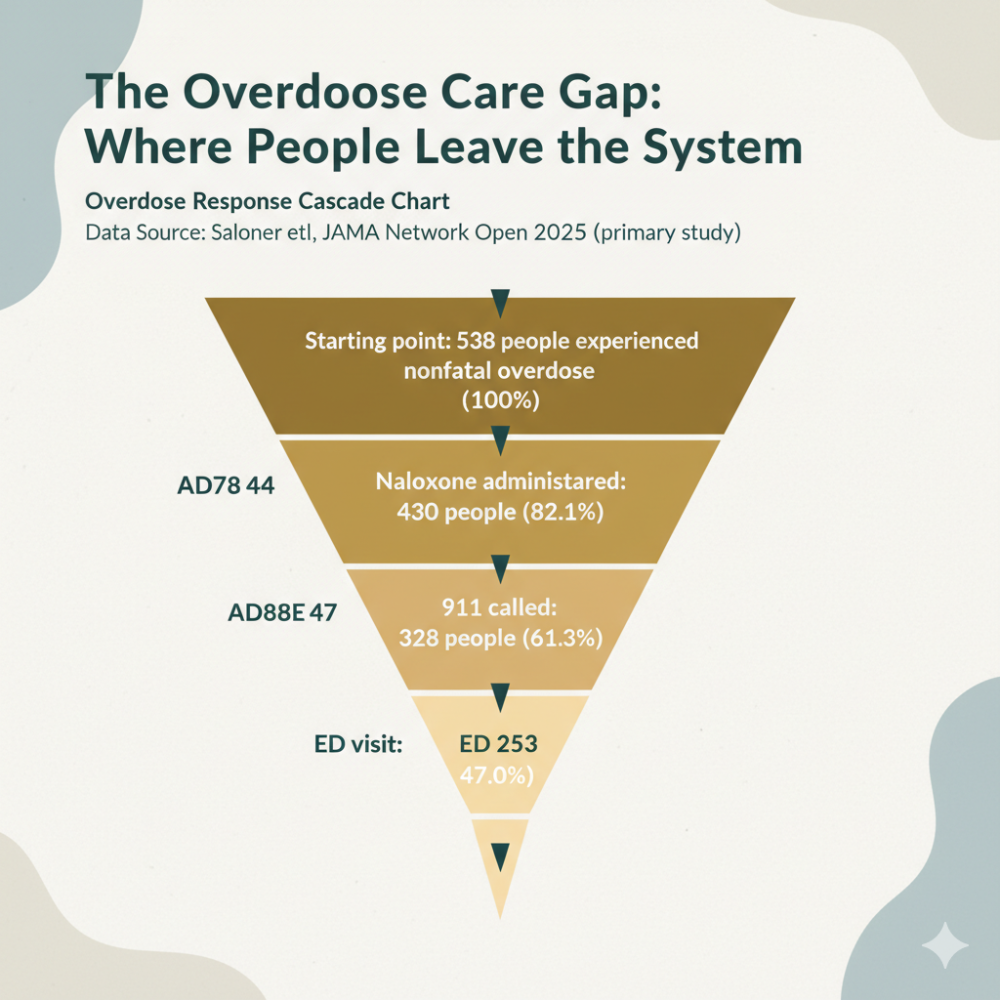The Devastating Impact of Opioids on U.S. Life Expectancy:
New Research Reveals Alarming Trends
The opioid crisis continues to cast a long shadow over the United States, with recent research revealing its profound impact on national life expectancy. A new study published in The Lancet Regional Health–Americas has shed light on the evolving nature of this epidemic, particularly during the COVID-19 pandemic. Let’s break down the key findings and their implications.
1. Staggering Impact on Life Expectancy
The study, led by researchers at Johns Hopkins University, found that opioid-related deaths reduced the average U.S. life expectancy at birth by eight months in the early years of the COVID-19 pandemic. This statistic alone underscores the severity of the crisis.
2. Young Lives Lost
In 2022, over 80,000 of the 3.3 million deaths in the U.S. were attributed to opioid-related overdoses. These deaths disproportionately affected young adults, with victims losing an average of 38 years of life compared to the national life expectancy.
3. Shifting Demographics
The research reveals a significant shift in the demographics of opioid-related deaths. Once considered primarily a “rural white problem,” the crisis is now affecting minority communities at an alarming rate. Overdose deaths nearly doubled for Black, Hispanic, and American Indian/Alaska Native populations in recent years.
4. The Rise of Polysubstance Overdoses
About half of all opioid-related deaths now involve multiple substances, a trend known as “polysubstance” overdoses. These typically involve combinations of opioids with stimulants like methamphetamine or cocaine, making treatment more challenging and increasing fatality rates.
5. Data Accessibility
The researchers have created a public dashboard that allows anyone to explore how the opioid crisis impacts different geographical locations, age groups, genders, and racial/ethnic groups. This tool aims to make the science more accessible and raise awareness about the spread of the problem.
6. Call for Targeted Strategies
The study emphasizes the need for more comprehensive data to inform public health officials and policymakers. Understanding specific affected groups, regions, and drug combinations can help develop more targeted strategies to combat the crisis.
7. Future Research
The team plans to investigate other aspects of the crisis, such as non-fatal overdoses, which are not currently captured in nationally-representative databases.
As we grapple with this ongoing public health emergency, this research serves as a stark reminder of the opioid crisis’s far-reaching consequences. It calls for urgent, data-driven action to address this complex issue that continues to claim young lives and affect communities across the nation.
For those interested in exploring the data further, the researchers’ public dashboard offers a valuable resource to understand the crisis’s impact on specific communities and track changes over time.



